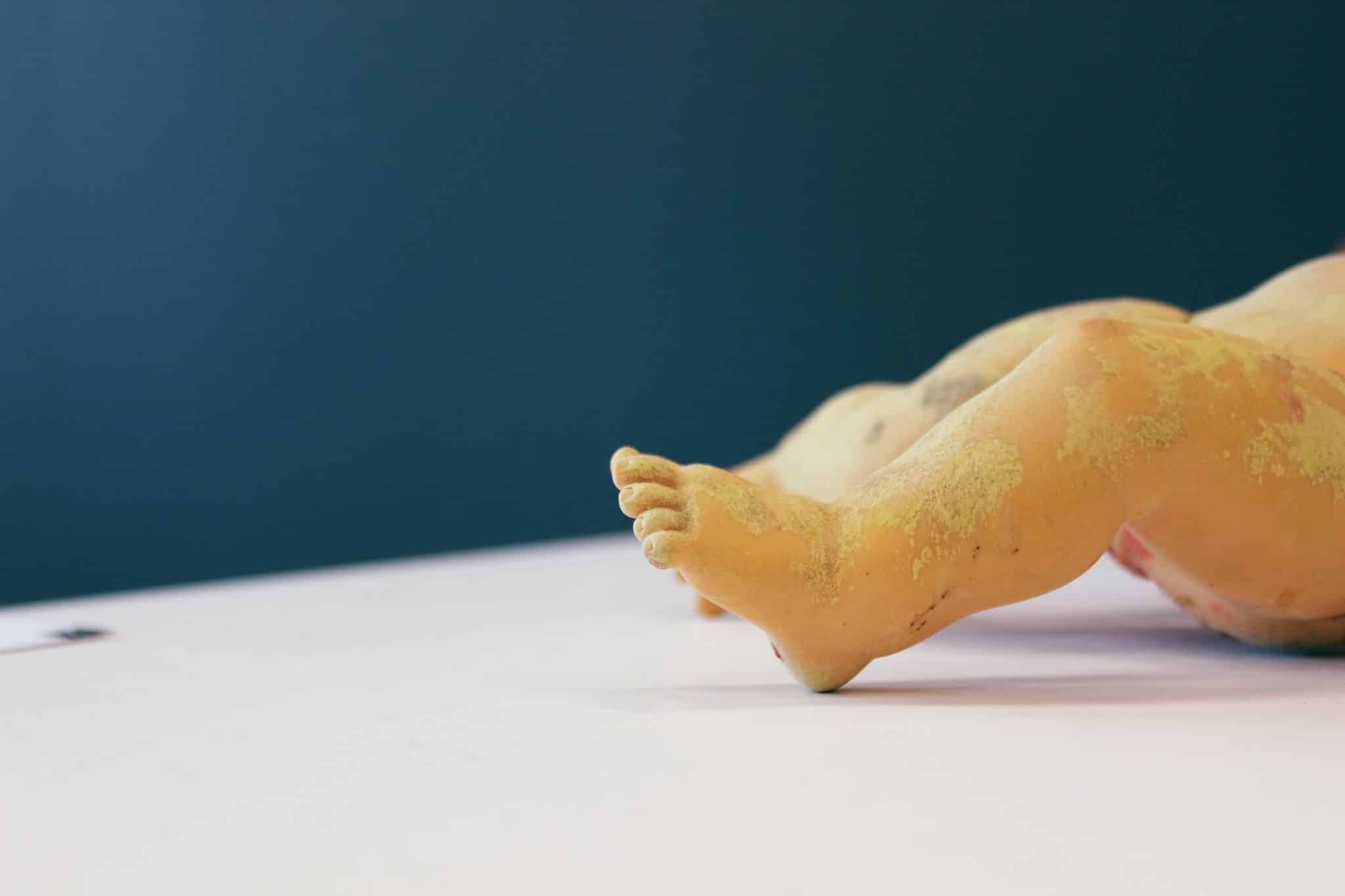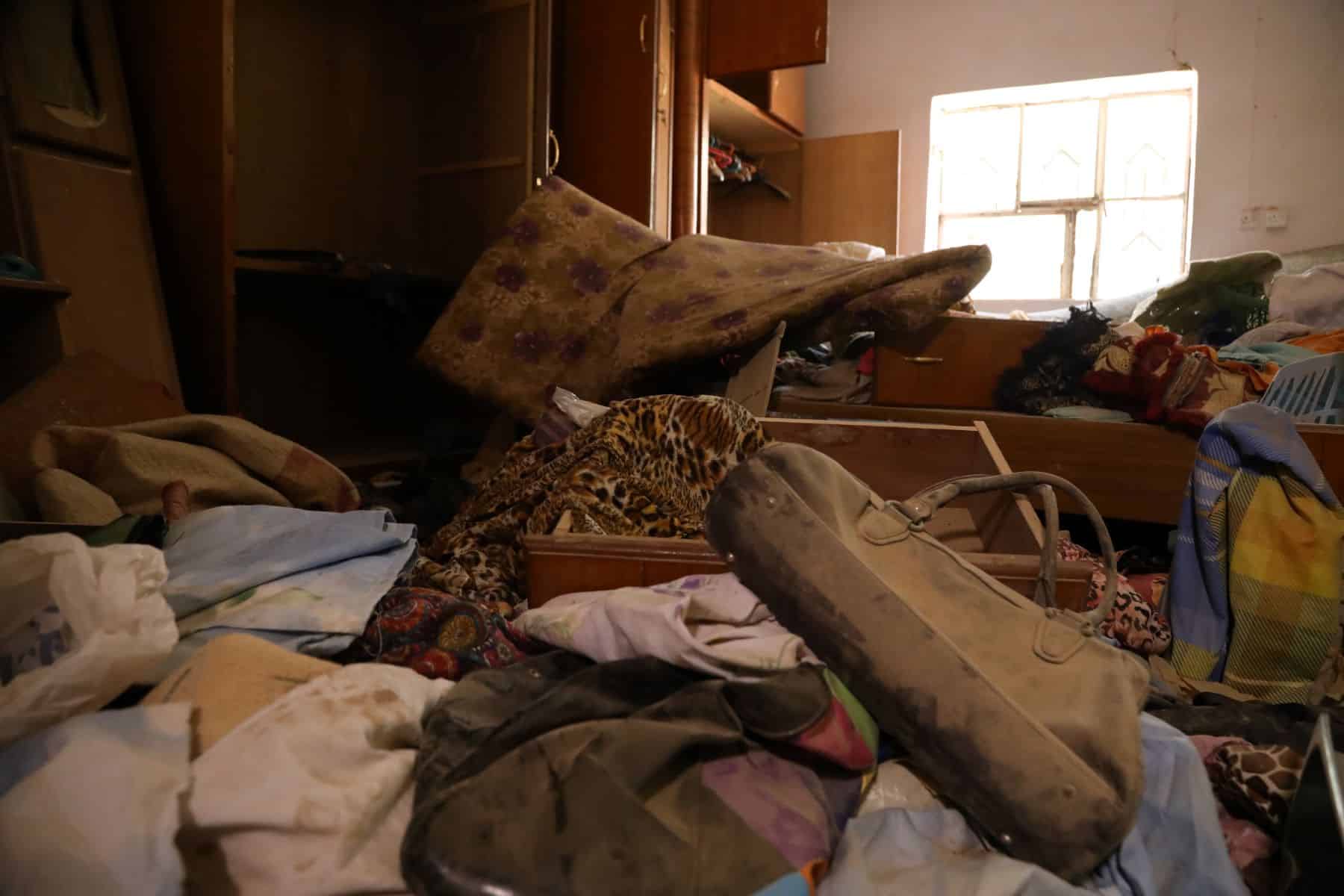Long gone are the days when battles or wars were primarily fought on empty fields or deserts, as more and more conflicts are making their way into populated towns and cities. An exhibition presented by the International Committee of the Red Cross (ICRC) takes these conflicts from the streets and into the minds and hearts of the broader global community. War in Cities comes to Gorman Arts Centre from 31 May to 6 June.
For many years, the ICRC has been concerned about the impact of urban warfare on civilian populations. Through the exhibition, they are trying to shine a light on what it looks like to be caught in the crossfire and the devasted lasting impacts it can have.
“It’s not just the loss of life, but also the destruction of critical civilian infrastructure, cultural sites, schools, houses and people’s livelihoods … Then also physically, it forces displacement,” says Clementine Rendle, Regional Legal Advisor at the ICRC Mission Australia.
Thousands upon thousands of people are displaced every year because of urban warfare, either by fear or because their essential services have been cut off. Ms Rendle says the long-lasting impacts of being without a home, community and education can be evident for generations to come.
“For example, in Libya between April and July in 2019 over 120,000 people were displaced, which is massive,” she says.
The exhibits have been gathered from war-torn cities immediately following hostilities, collected from homes and buildings that have been impacted. Quite a number of the items come from cities North and West of Baghdad, Iraq in 2017.
“You can see from the impact on these everyday objects how devastating the violence actually is. We seek to make it a bit more tangible for people as to how violence touches the lives of everyone in those urban environments,” Ms Rendle says.
There are also audio-visual elements that help tell the stories, as well as commissioned charcoal works by Sydney artist, Marwa Charmand. Ms Rendle says the artist’s work updates the exhibition and puts it into a global context with images inspired by places such as Myanmar, Yemen, Ukraine and her own family in Lebanon.



The exhibition aims to highlight the need for the protection of civilians and civilian infrastructure amidst conflict, with over half the world’s population now living in highly developed urban environments. In these places, the population is dependent on their centralised services, so when one goes down, it often has flow-on effects, says Ms Rendle.
“Say, a power plant that has downstream effects for the operation of a hospital, for people’s ability to run electricity and live in their homes,” she says.
ICRC also hopes that by engendering a deeper understanding of the impact war can have on urban areas, people will also walk away with a sense of why international humanitarian law is so important. Ms Rendle says the law of war regulated how parties can fight wars, but they also want people to grasp the ICRC humanitarian response in context.
“To make it tangible, to make it real for people to understand and put themselves in the shoes of the populations that are affected by fighting,” she says.
Initiatives are trying to reduce the harm hostilities can cause civilians. Ms Rendle says just last year 83 states made a commitment to avoid using explosive weapons in urban environments. These include rockets, mortars, rocket launchers and bombs which will have a huge impact on close environments. However, they know more steps need to be taken as populations and cities continue to grow.
“All indicators are that it will continue in this vein, we’re going to be increasingly urbanised and, for the time being, we continue to see fighting brought to cities,” says Ms Rendle.
Here in Canberra, we are in a privileged position, she says; while not directly at risk of conflict, we are aware of what is going on in the world. She says the position is one where we can take time to think about these issues and what we could do in terms of advocating and support.
To learn more about urban communities impacted by war, the exhibition hosts an opening event on Wednesday 31 May with a panel of experts.
See how the everyday is impacted by conflict in War in Cities at Gorman Arts Centre, 31 May-6 June; ainslieandgorman.com.au
Canberra Daily is keen to hear from you about a story idea in the Canberra and surrounding region. Click here to submit a news tip.



